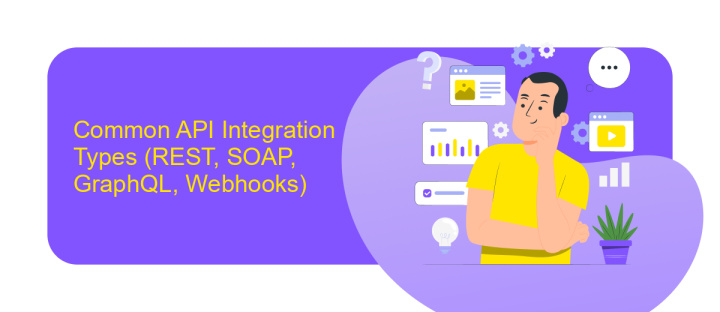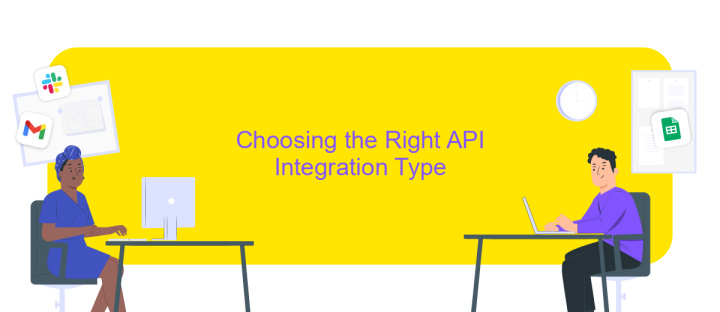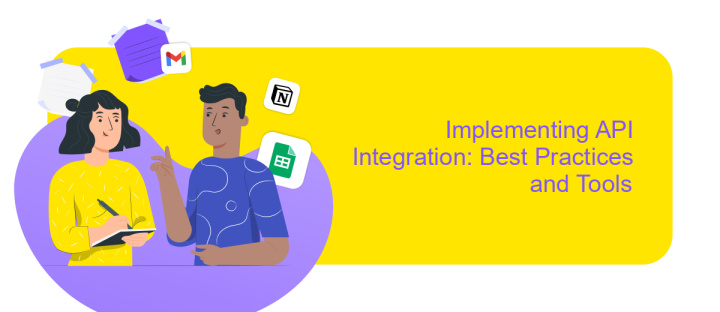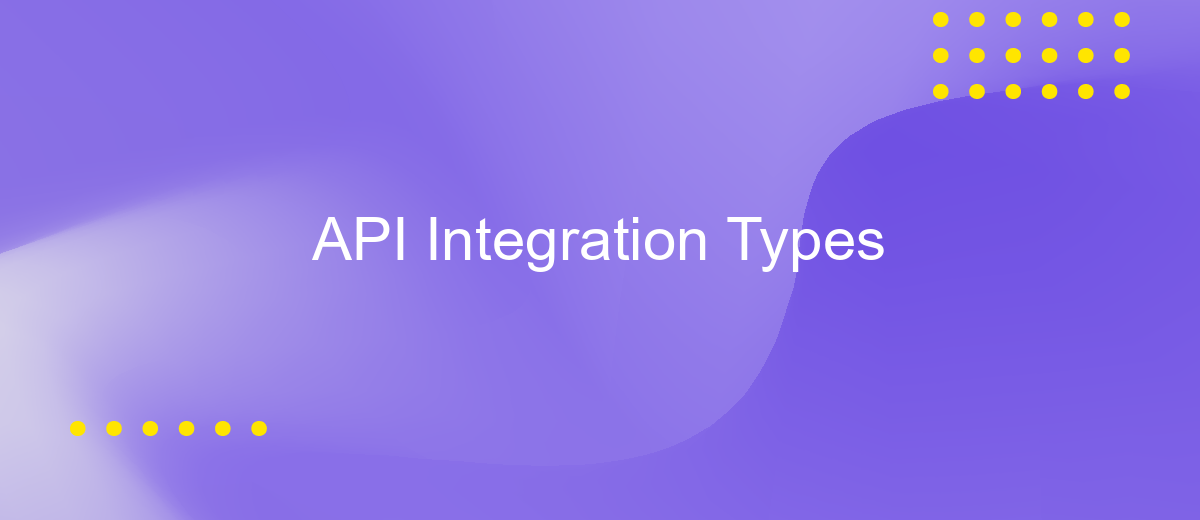API Integration Types
API integration is a critical component in modern software development, enabling seamless communication between different applications and systems. Understanding the various types of API integration is essential for developers and businesses aiming to enhance functionality, improve efficiency, and foster innovation. This article explores the different API integration types, highlighting their unique features and benefits, and providing insights into how they can be effectively utilized in diverse technological environments.
Understanding API Integration
API integration is a crucial aspect of modern software development, enabling different systems to communicate and share data seamlessly. By connecting various applications, businesses can streamline operations, enhance user experiences, and unlock new functionalities. Understanding how APIs work involves recognizing their role as intermediaries that allow different software components to interact. This interaction can be real-time or scheduled, depending on the needs of the systems involved.
- Real-time API integration allows immediate data exchange, ensuring up-to-date information.
- Batch API integration processes data at scheduled intervals, optimizing resource usage.
- Point-to-point API integration connects two systems directly for specific tasks.
- Middleware API integration acts as a bridge, facilitating communication among multiple systems.
Each type of API integration offers distinct advantages and is suitable for different scenarios. Real-time integrations are ideal for applications requiring instant data updates, such as financial services or e-commerce platforms. Conversely, batch integrations are beneficial for tasks that do not need immediate attention, like data warehousing. Selecting the appropriate API integration type depends on the specific requirements of the business processes and the technical environment in which they operate.
Common API Integration Types (REST, SOAP, GraphQL, Webhooks)

API integration is crucial for seamless communication between different software systems. REST (Representational State Transfer) is a popular API type that uses HTTP requests to access and use data. It is known for its simplicity and scalability, making it a go-to choice for many developers. SOAP (Simple Object Access Protocol) is another type that relies on XML-based messaging protocol, ensuring high security and reliability, which is ideal for enterprise-level applications. GraphQL, developed by Facebook, offers a more flexible approach by allowing clients to request exactly the data they need, reducing over-fetching and under-fetching issues.
Webhooks provide a way for apps to send real-time data to other applications as soon as an event occurs. They are efficient for instant notifications and updates. For businesses looking to streamline their API integrations without extensive coding, services like ApiX-Drive offer user-friendly platforms to automate and manage these integrations effectively. ApiX-Drive supports various API types, enabling users to connect and synchronize data effortlessly across multiple applications, enhancing productivity and operational efficiency.
Choosing the Right API Integration Type

Choosing the right API integration type is crucial for the success of any software project. The decision largely depends on your specific needs and the nature of your application. Consider factors such as the complexity of the integration, the data exchange frequency, and the level of control required over the API interactions. Understanding these elements will guide you in selecting the most suitable approach.
- RESTful API: Ideal for web services and applications that require stateless operations and scalability.
- SOAP API: Best for enterprise-level applications needing robust security and transaction compliance.
- GraphQL: Suitable for applications that demand flexible data retrieval and efficient handling of complex queries.
- Webhooks: Perfect for real-time data updates and event-driven architectures.
Each API integration type offers distinct advantages and trade-offs. RESTful APIs are widely adopted for their simplicity and scalability, while SOAP is preferred for its security features. GraphQL excels in data flexibility, and Webhooks provide instant updates. Carefully evaluate your project requirements and constraints to make an informed decision that aligns with your business goals and technical capabilities.
Implementing API Integration: Best Practices and Tools

Implementing API integration requires a strategic approach to ensure seamless connectivity between applications. Begin by thoroughly understanding the API documentation, as it provides critical insights into the API's capabilities, limitations, and authentication methods. This foundational knowledge is essential for effective integration planning.
Next, prioritize security by implementing robust authentication protocols such as OAuth2. Regularly update your security practices to protect sensitive data. Additionally, ensure that your integration is scalable, allowing for future growth and increased data loads without compromising performance.
- Utilize API management tools like Postman for testing and debugging.
- Employ monitoring tools such as AWS CloudWatch to track API performance.
- Leverage automation tools like Zapier for streamlined workflow integration.
- Consider using Swagger for API documentation and design.
Regularly monitor and maintain your API integrations to ensure they continue to function optimally. This involves keeping abreast of updates from API providers and adjusting your integration strategy accordingly. By following these best practices and utilizing the right tools, you can achieve a robust and efficient API integration.
- Automate the work of an online store or landing
- Empower through integration
- Don't spend money on programmers and integrators
- Save time by automating routine tasks
Future Trends in API Integration
As we look to the future of API integration, several trends are emerging that promise to reshape how businesses connect and operate. One significant trend is the increased adoption of AI and machine learning in APIs, enabling more intelligent and adaptive integrations. These technologies allow APIs to not only perform tasks but also learn and improve over time, leading to more efficient and personalized user experiences. Moreover, the growth of IoT devices is driving the need for APIs that can handle vast amounts of data in real-time, necessitating more robust and scalable integration solutions.
Another trend is the rise of no-code and low-code platforms, which are democratizing API integration. Services like ApiX-Drive are at the forefront, offering user-friendly interfaces that allow even non-technical users to set up and manage integrations effortlessly. This shift is empowering businesses to quickly adapt to changing needs without heavy reliance on IT departments. Additionally, the focus on security and compliance is intensifying, with APIs needing to adhere to stricter regulations and standards to protect sensitive data. As these trends continue to evolve, the landscape of API integration will become more accessible, secure, and innovative.
FAQ
What are the main types of API integration?
How do REST and SOAP APIs differ?
What is the role of API documentation in integration?
How can automation tools assist with API integration?
What are the security considerations for API integration?
Apix-Drive will help optimize business processes, save you from a lot of routine tasks and unnecessary costs for automation, attracting additional specialists. Try setting up a free test connection with ApiX-Drive and see for yourself. Now you have to think about where to invest the freed time and money!


